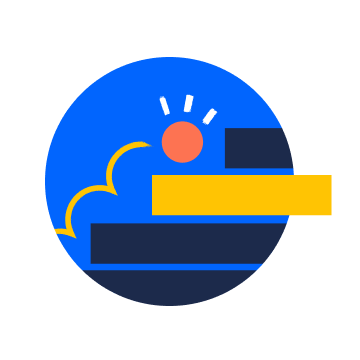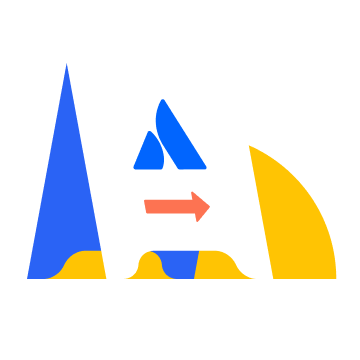Community resources
Community resources
Community resources
How can I show how long a user story stays in each lane?
I want to find a way to display how long a user story stays in a Kanban lane. For example, I want to know how long a user story has been sitting in development.
3 answers
1 accepted

Hi @Rina Speciale and welcome! From your board config > Columns, select the "Days in column" checkbox...
I have that checked but it's still not showing. Would I see that in each user story?
You must be a registered user to add a comment. If you've already registered, sign in. Otherwise, register and sign in.
I figured it out :) It shows a dot for each day in that column.
Thank you
You must be a registered user to add a comment. If you've already registered, sign in. Otherwise, register and sign in.

is there a way to know how long a particular story in Jira is assigned to a swimlane
You must be a registered user to add a comment. If you've already registered, sign in. Otherwise, register and sign in.
Hello @Rina Speciale
If you want a more detailed and comprehensive report, you can use an app for it. Our team at OBSS built Timepiece - Time in Status for Jira exactly for this. It is available for Jira Server, Cloud, and Data Center.
Time in Status mainly allows you to see how much time each issue spent on each status or each assignee.

You can combine the time for multiple statuses to get metrics like Issue Age, Cycle Time, Lead Time, Resolution Time etc. Similarly, you can create multiple metrics, where each combines statuses in the same Board Column and get a report that shows the total time spent in each column.
For all numeric report types, you can calculate averages and sums of those durations grouped by the issue fields you select. For example total in-progress time per customer or average resolution time per sprint, week, month, issuetype, request type, etc. The ability to group by parts of dates (year, month, week, day, hour) or sprints is particularly useful here since it allows you to compare different time periods or see the trend.
The app calculates its reports using already existing Jira issue histories so when you install the app, you don't need to add anything to your issue workflows and you can get reports on your past issues as well. It supports both Company Managed and Team Managed projects for Jira Cloud.
Time in Status reports can be accessed through its own reporting page, dashboard gadgets, and issue view screen tabs. All these options can provide both calculated data tables and charts.


Timepiece - Time in Status for Jira
EmreT
You must be a registered user to add a comment. If you've already registered, sign in. Otherwise, register and sign in.
Hi @Rina Speciale,
You could also use the WIP Aging Chart offered by our Great Gadgets app.

This gadget displays the issues by their age in current column or status. It is highly configurable and allows you to set a threshold to easily identify the ones that takes too long.
Please note that this app offer many other gadgets for project tracking. To make an idea about how many things you can track with this app, have a look over the articles from our blog.
If you need any help, please don't hesitate to contact us as support@stonikbyte.com.
Thank you,
Danut Manda
You must be a registered user to add a comment. If you've already registered, sign in. Otherwise, register and sign in.











You must be a registered user to add a comment. If you've already registered, sign in. Otherwise, register and sign in.